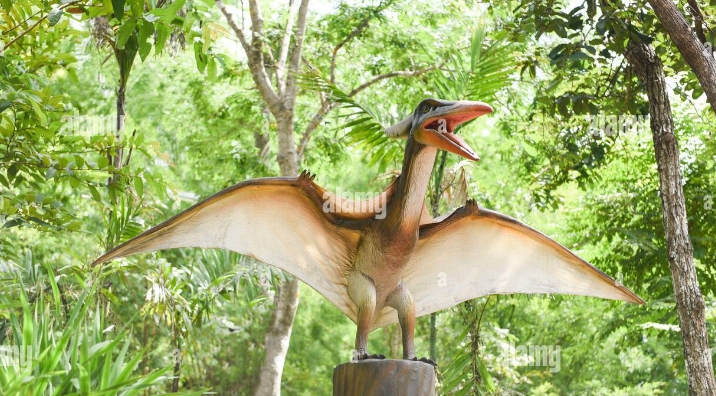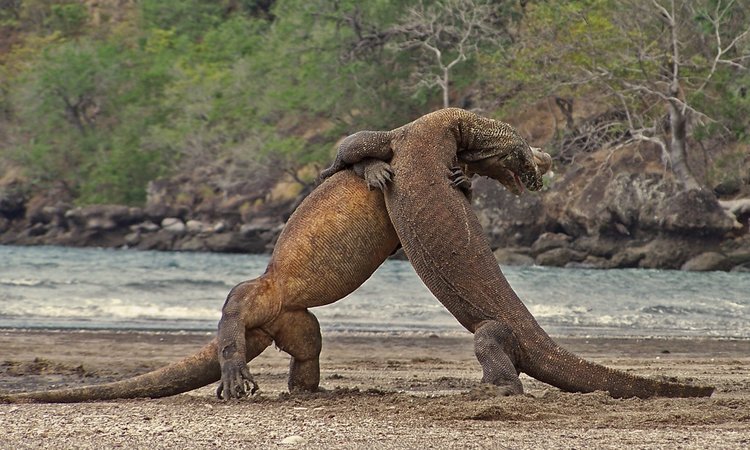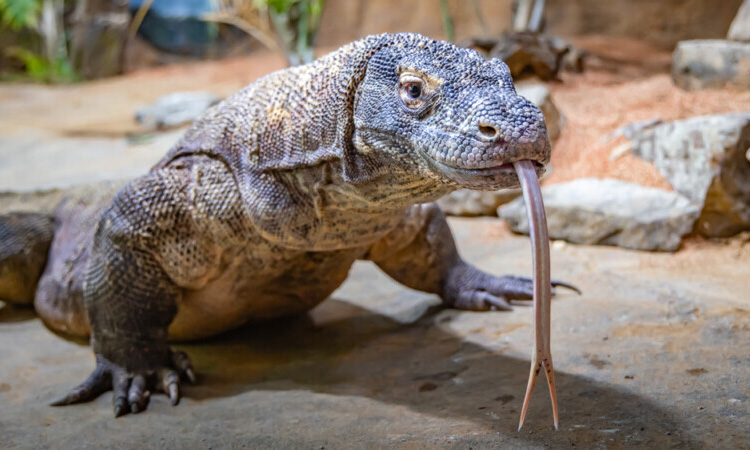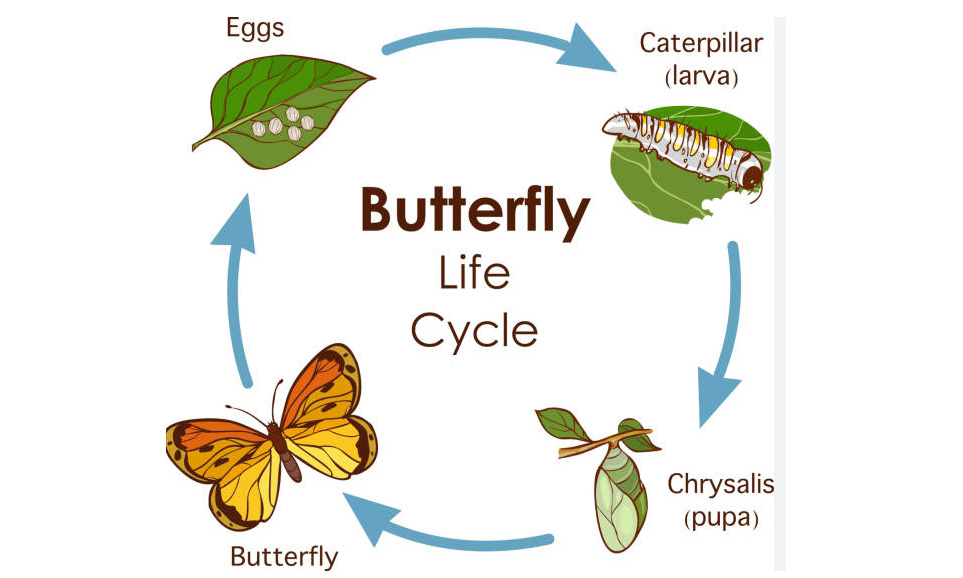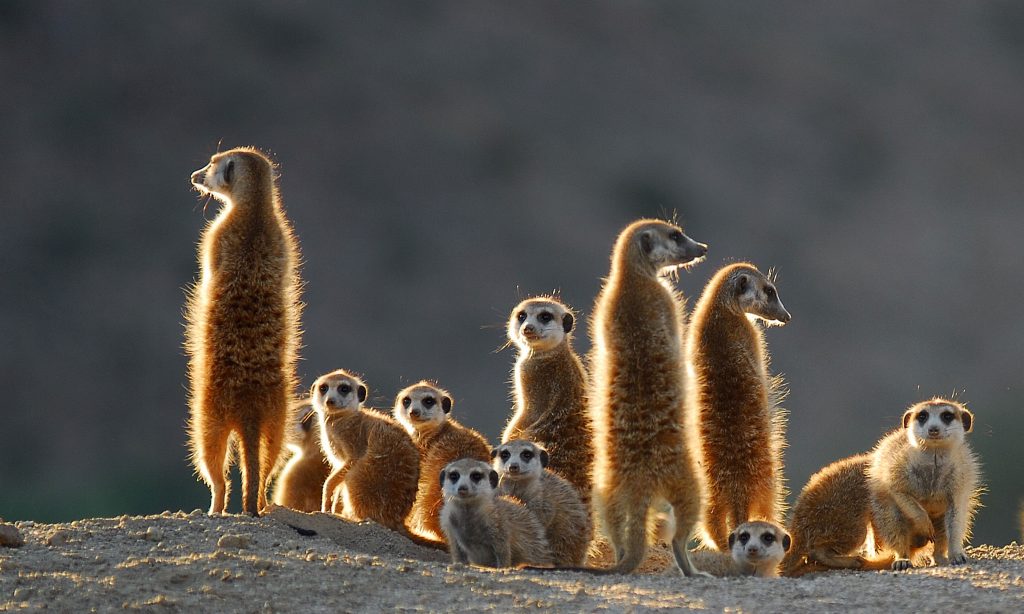The Hatzigo pterosaur, a genus of pterosaur, continues to fascinate scientists and enthusiasts alike with its extraordinary size and adaptations. As one of the largest flying reptiles to have ever roamed the skies, the Hatzegopteryx offers valuable insights into the diverse ecosystems of the Late Cretaceous period.
Discovery and Classification: Unveiling a Prehistoric Behemoth
Initial Findings
The Hatzigo pterosaur was first discovered in the Hateg Basin of Transylvania, Romania, a region renowned for its rich fossil deposits dating back to the Late Cretaceous period. Its remains, including fragments of skull and jaw bones, were unearthed by paleontologists, providing tantalizing clues about its morphology and behavior.
Taxonomic Classification
Belonging to the family Azhdarchidae, the Hatzegopteryx is classified within the order Pterosauria, which encompasses a diverse array of flying reptiles that existed during the Mesozoic Era. Its close relatives include other giant pterosaurs such as Quetzalcoatlus and Arambourgiania, underscoring its significance within the evolutionary history of these aerial giants.
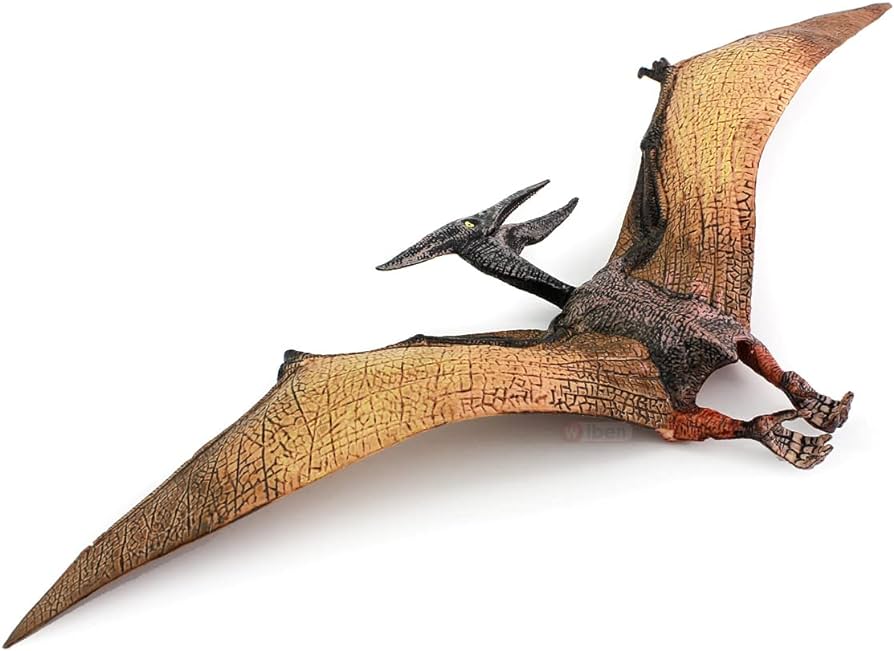
Size and Morphology: A Glimpse into the Past
Gigantic Dimensions
One of the most striking features of the Hatzegopteryx is its immense size, with estimates suggesting a wingspan exceeding 33 feet (10 meters). This colossal dimensions set it apart as one of the largest pterosaurs known to science, rivaling the size of small aircraft.
Distinctive Anatomy
Like other members of the Azhdarchidae family, the Hatzegopteryx possessed a long, slender neck and a robust skull equipped with a sharp beak, ideal for capturing and consuming prey. Its large wingspan and lightweight skeletal structure facilitated powered flight, enabling it to soar effortlessly through the ancient skies in search of food.
Ecological Role and Behavior: Apex Predator of the Cretaceous Skies
Apex Predator Status
As a formidable apex predator, the Hatzigo pterosaur likely occupied the top of the food chain within its ecosystem, preying on a variety of small to medium-sized vertebrates. Its massive size and aerial prowess would have afforded it a distinct competitive advantage, allowing it to dominate the skies with unparalleled efficiency.
Foraging Behavior
Paleontologists speculate that the Hatzegopteryx may have employed a variety of foraging strategies, including scavenging carrion, hunting terrestrial prey, and even fishing from freshwater bodies. Its broad dietary preferences and adaptability would have facilitated its survival in diverse environments, ranging from coastal habitats to inland plains.
Conclusion: A Glimpse into Prehistoric Splendor
In conclusion, the Hatzegopteryx stands as a testament to the remarkable diversity and evolutionary adaptations of prehistoric flying reptiles. With its colossal size, distinctive anatomy, and formidable ecological role, this ancient giant continues to captivate the imagination and inspire further research into the mysteries of the Mesozoic Era. As scientists uncover more fossils and refine our understanding of its biology and behavior, the Hatzegopteryx remains an enduring symbol of the splendor and wonder of Earth’s distant past.
